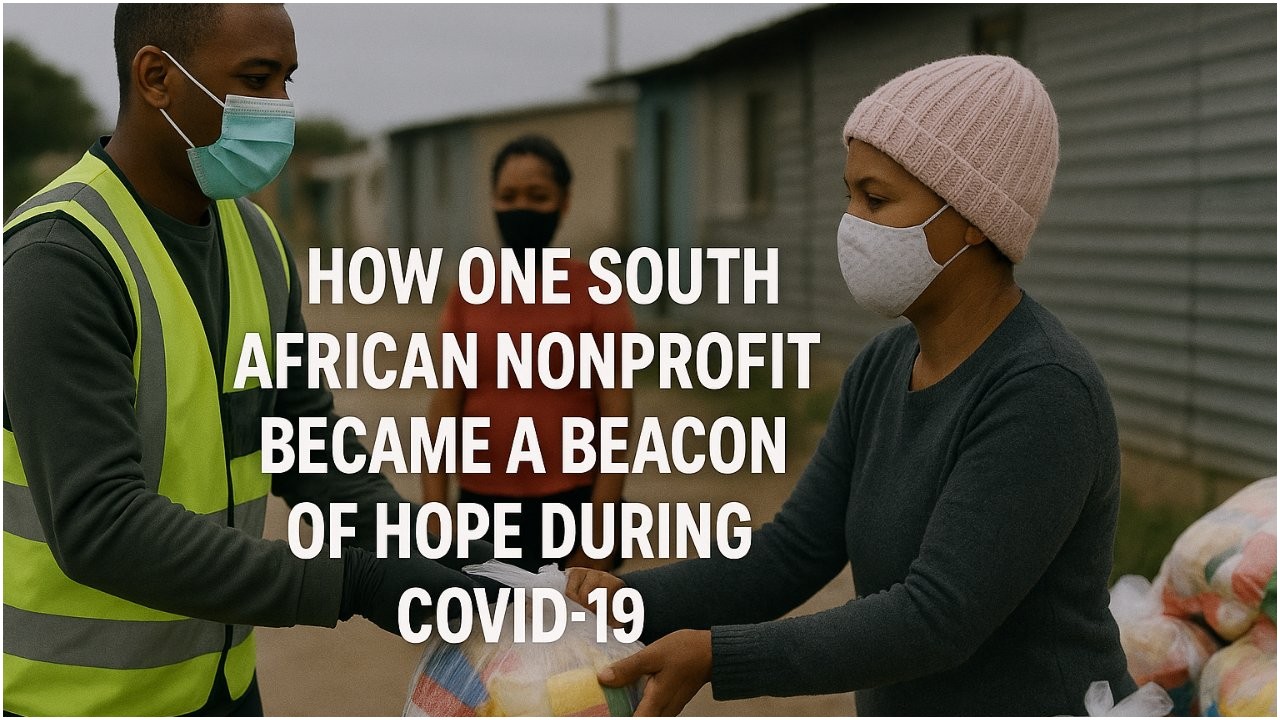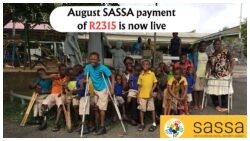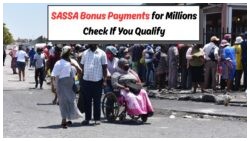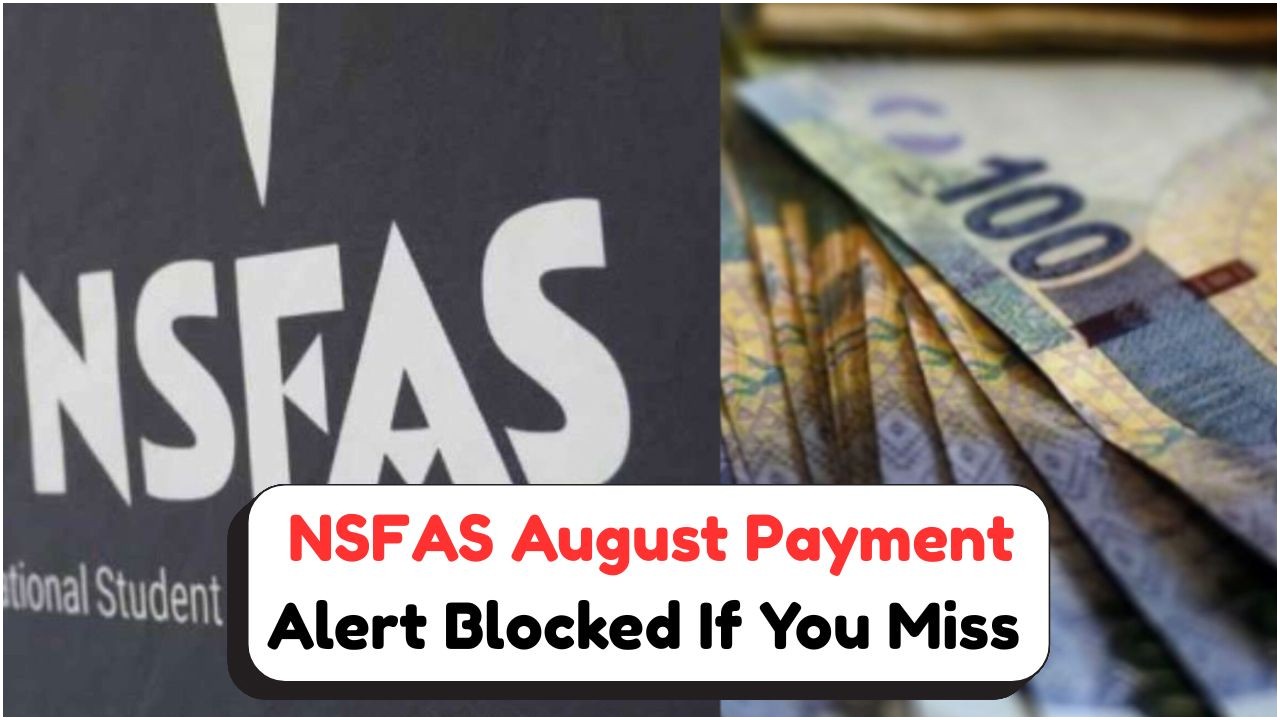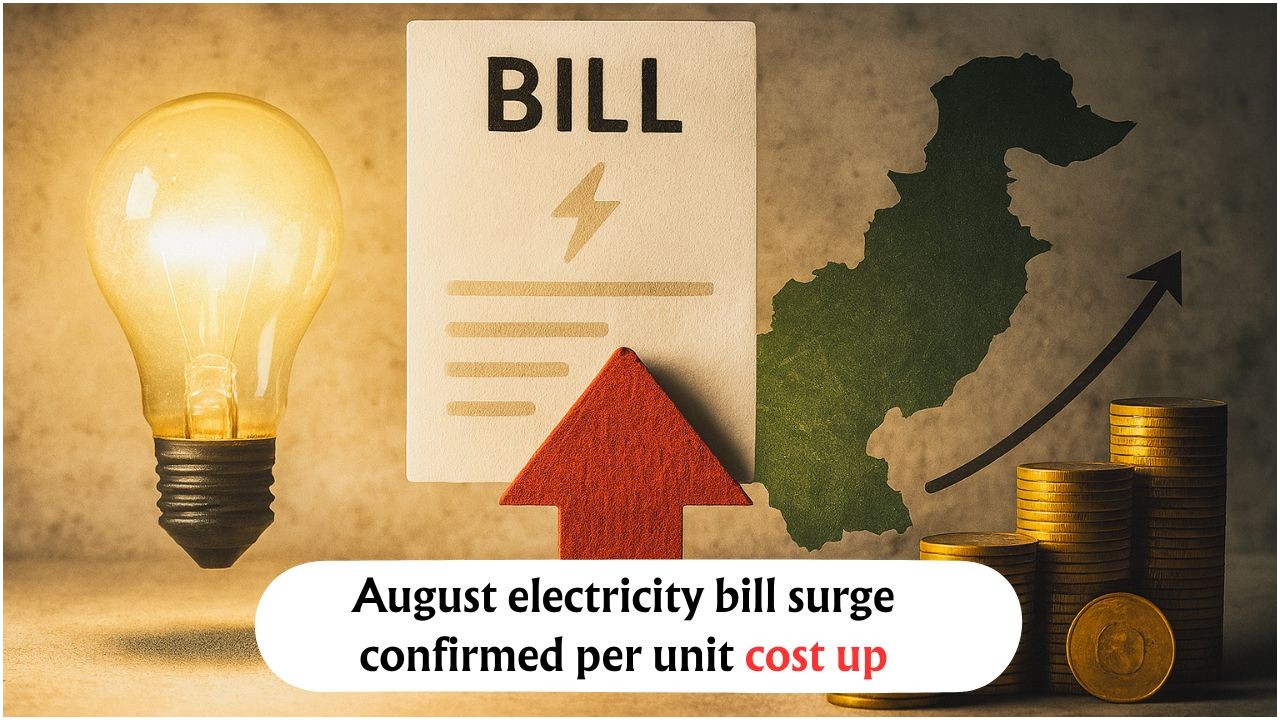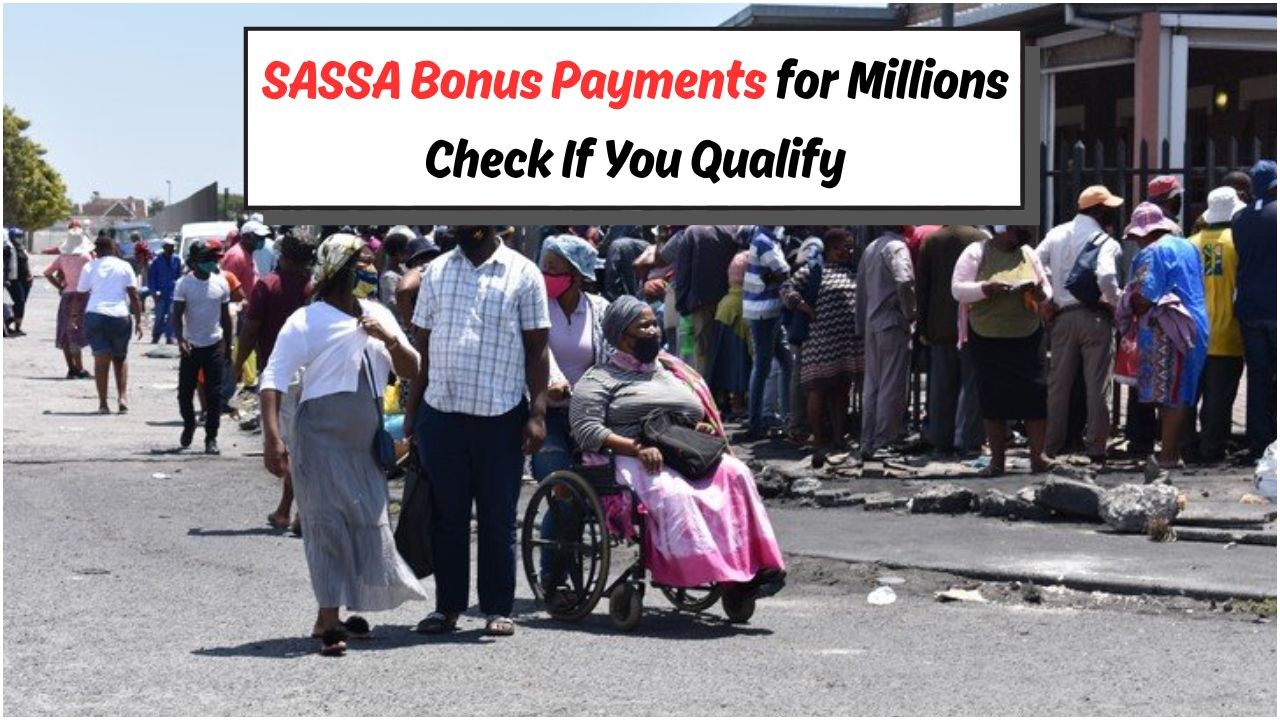South African Nonprofit – The COVID-19 pandemic brought the world to a standstill. Economies were shaken, healthcare systems were pushed to their limits, and millions of lives were disrupted. In South Africa, where socioeconomic disparities were already a significant issue, the pandemic deepened inequality, left families hungry, and increased unemployment. But amid the darkness, some organizations became shining lights of hope—and one nonprofit, in particular, emerged as a true beacon for thousands. This is the inspiring story of how a South African nonprofit rose to the challenge, provided relief, and restored dignity during one of the country’s darkest periods.
The Beginning of the Crisis
When South Africa entered its hard lockdown in March 2020, many people in informal settlements and rural areas found themselves cut off from food, healthcare, and basic necessities. Daily wage earners, small vendors, and gig workers were among the first to feel the economic shock. Government support programs, while commendable, couldn’t reach everyone fast enough.
That’s where this nonprofit stepped in—already involved in grassroots development, it quickly redirected its resources to crisis response. Within days, volunteers, community leaders, and donors came together to create one of the most effective local relief networks in the country.
Emergency Food Relief: Feeding Thousands
One of the first actions taken by the nonprofit was to establish a rapid food distribution campaign. As panic-buying gripped the nation, lower-income families were left scrambling for basic groceries. The nonprofit worked with wholesalers, farmers, and transport providers to:
- Secure bulk food supplies
- Pack family-sized food parcels
- Distribute to homes, community halls, and feeding sites
Over the course of three months, the nonprofit managed to deliver over 300,000 food parcels, impacting more than 1.2 million people across provinces like Gauteng, KwaZulu-Natal, and the Western Cape.
Mobile Clinics and Health Awareness
Another major focus was healthcare. With COVID-19 testing centers often out of reach for rural populations, the nonprofit partnered with medical professionals to launch mobile health clinics. These clinics offered:
- COVID-19 testing and screening
- Distribution of PPE (masks, gloves, sanitizers)
- Basic medical consultations
- Health awareness workshops in local languages
These efforts helped reduce community transmission and empowered people with life-saving information at a time when misinformation was rampant.
Education for Children Disrupted by Lockdowns
With schools closed and remote learning out of reach for many children, the nonprofit launched a Learning-in-a-Box program, which included:
- Printed worksheets aligned with the South African school curriculum
- Educational toys and books
- Radios for accessing public educational broadcasts
- Local tutors and volunteers for in-person sessions (with masks and distancing)
Over 15,000 children benefitted from this initiative, preventing an entire generation from falling behind academically.
Women and Child Safety Initiatives
Lockdowns unfortunately saw a rise in domestic violence and child abuse. Recognizing this silent crisis, the nonprofit implemented programs to support vulnerable women and children:
- Emergency safe houses for abuse victims
- 24/7 helpline with legal and psychological support
- Self-defense workshops for girls
- Counseling for trauma recovery
Their impact was deeply personal and life-changing for many, especially women in informal settlements who previously had nowhere to turn.
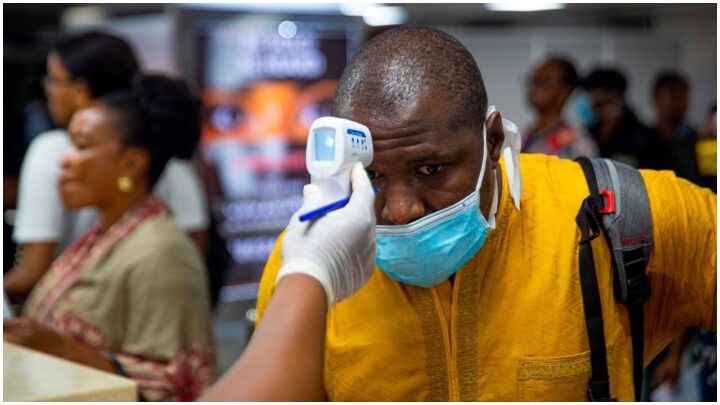
Empowering Communities Beyond the Crisis
Rather than offering only short-term aid, the nonprofit also focused on long-term empowerment. Their COVID-response gradually evolved into community resilience programs, including:
- Skills training in sewing, farming, and home-based care
- Entrepreneurship kits for small business startups
- Urban gardening initiatives to support local food production
- Youth mentorship programs to build future leaders
These initiatives continue to impact lives today and have created a model of sustainable recovery that other organizations are now replicating.
National and International Recognition
Due to the scale and integrity of their work, the nonprofit gained national and even international attention. They received:
- Funding support from global humanitarian organizations
- Recognition from South Africa’s Department of Social Development
- Partnerships with brands and celebrities to amplify their reach
- Awards for innovation and impact in humanitarian aid
Stories That Inspire
Beyond the statistics, it’s the individual stories that truly reflect the nonprofit’s impact:
- A single mother in Soweto, previously jobless, now runs a small mask-making business thanks to their sewing program.
- A teenage boy who had dropped out of school now dreams of becoming a teacher after being re-enrolled through their education outreach.
- A grandmother raising five grandchildren in rural Eastern Cape said, “We had nothing to eat. They brought us food, books, and hope.”
These stories are the legacy of a nonprofit that chose action over fear, compassion over indifference.
In times of crisis, true leadership comes not only from governments but also from ordinary people and organizations rising to do extraordinary things. This South African nonprofit is proof of that. Its swift, compassionate, and community-driven response to COVID-19 saved lives, restored dignity, and ignited hope across a nation in despair.
As the world slowly moves beyond the pandemic, this nonprofit’s model serves as a blueprint for future crises—reminding us that in unity, there is strength.
FAQs of South African Nonprofit
1. What kind of nonprofit is this organization?
It’s a South African grassroots nonprofit focused on poverty relief, education, and healthcare.
2. How did they fund their COVID-19 relief programs?
Through donations from individuals, corporate sponsors, international partners, and crowdfunding.
3. Did they work with the South African government?
Yes, they collaborated with local municipalities and departments for logistics and permissions.
4. How many people benefited from their COVID-19 relief efforts?
Over 1.2 million people were impacted through food, health, and education programs.
5. Is the organization still active post-COVID?
Yes, they have transitioned into long-term empowerment and development programs for communities.
